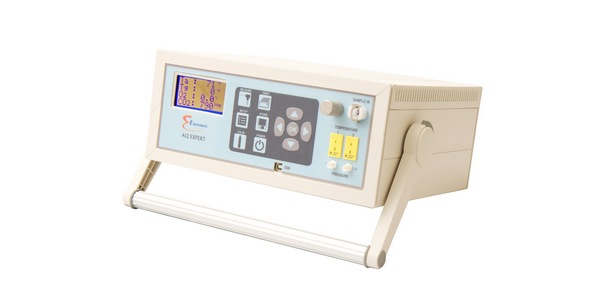Overview of New Classes of Refrigerants Offered at ASHRAE 2017 Winter Conference
ATLANTA, Ga. – More than 160 refrigerants are maintained under ASHRAE’s refrigerant classification standard, and that list continues to grow as the industry’s need for new refrigerants increases.
A review of the new classes of lower global-warming potential refrigerants within the context of legacy refrigerants and the forces that drive the development of new refrigerants is the focus of a new educational course from ASHRAE Learning Institute.
The course is being introduced at the ASHRAE 2017 Winter Conference, Jan. 28-Feb. 1, with ASHRAE co-sponsored AHR Expo being held Jan. 30-Feb. 1.
“ASHRAE-Classified Refrigerants to Meet Society’s Changing Needs” takes place Jan. 29. It is offered by ALI as one of 20 courses at the conference. For more information or to register, visit www.ashrae.org/lasvegascourses.
ANSI/ASHRAE Standard 34, Designation and Safety Classification of Refrigerants, maintains a list of refrigerants with a standardized system of assigned refrigerant numbers and well-defined safety classifications, including toxicity and flammability ratings. This ever-growing list of refrigerants includes 161 chemicals and chemical blends that have been proposed for use as refrigerants.
“There has long been use of flammable and toxic materials as refrigerants, such as propane and ammonia, but their use has been restricted to appropriately designed industrial systems, as prescribed in ANSI/ASHRAE Standard 15, Safety Standard for Refrigeration Systems, and other safe use guidelines,” Thomas Leck, Ph.D., course instructor, said. “Currently, concern about global climate change is driving the cooling industry to consider new classes of chemicals to be used as refrigerants. With the new chemicals are new safety classifications for flammability, including ‘Class 2L.’”
The course explains how the changing needs of society are creating requirements for new refrigerants to be developed and used. The course also explains the new safety classifications that are being proposed and some of the ramifications of these new classifications.



